AInvest Newsletter
Daily stocks & crypto headlines, free to your inbox
The race to dominate autonomous vehicles has taken a sharp turn in Texas, where Tesla's aggressive push to deploy its Full Self-Driving (FSD) system faces mounting regulatory and safety headwinds. As the September 1, 2025, deadline for Texas's stringent autonomous vehicle regulations looms, investors must weigh whether Tesla's rushed rollout—exemplified by its botched school bus test—justifies its soaring valuation. The stakes are high: regulatory failures could derail Tesla's autonomous ambitions, while Waymo's safer, lidar-driven approach underscores the risks of Tesla's cost-cutting shortcuts. For investors, the red flags are too numerous to ignore.
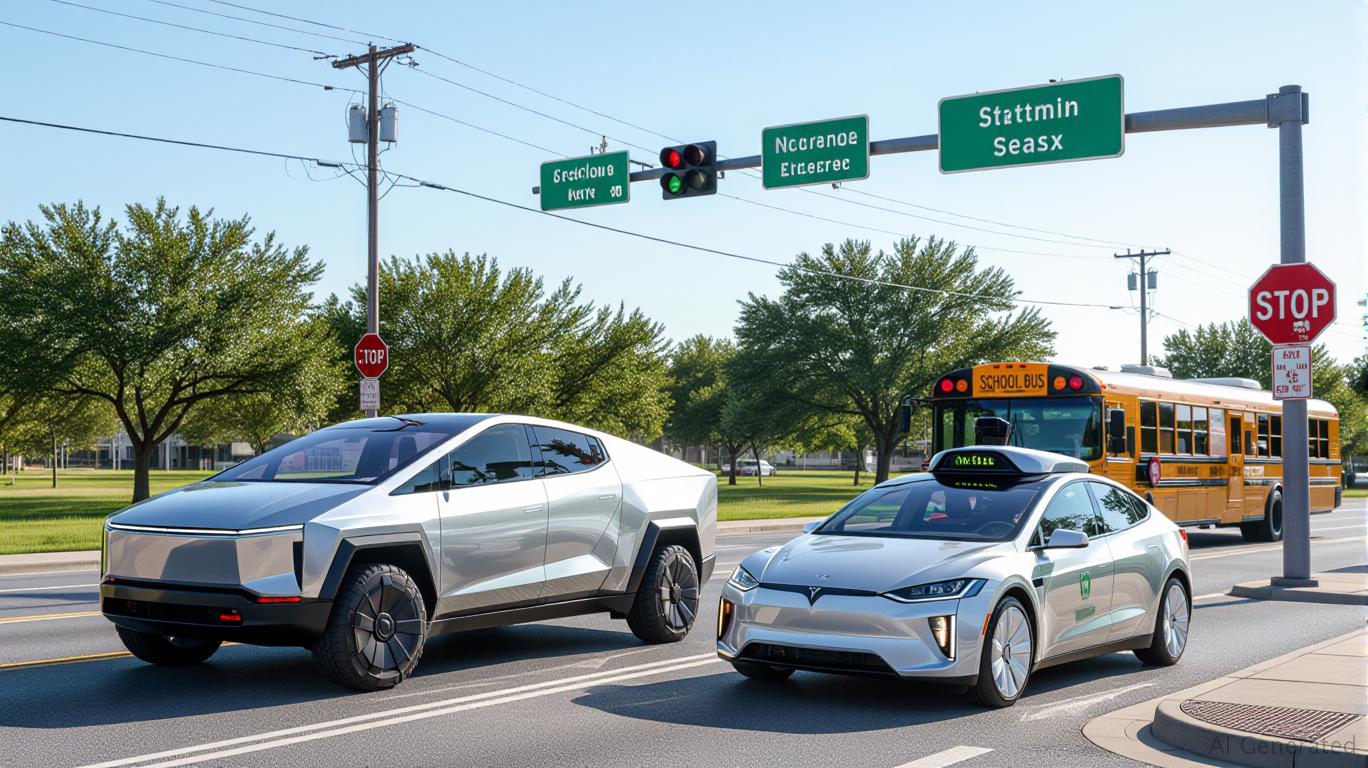
The Regulatory Gauntlet
Texas's new rules, effective September 2025, demand that autonomous vehicles (AVs) operating commercially obtain permits and prove compliance with rigorous safety standards. Tesla's FSD, marketed as “Level 4” autonomy, must now demonstrate it can handle emergency scenarios, tow procedures, and communication with first responders—all while adhering to federal safety norms. The penalties for noncompliance are steep: commercial operators face fines for each day of violation, and failure to secure permits could ground Tesla's Austin-based robotaxi fleet indefinitely.
The timing is perilous. Tesla's planned Austin robotaxi launch—initially slated for June 2024—has already been delayed due to safety concerns, including its FSD's inability to stop for school buses. The stakes rise further as Waymo, Google's autonomous division, prepares to enter Texas with its lidar-equipped vehicles, which offer proven reliability in edge cases like poor visibility or sudden obstacles. Waymo's approach, though costlier, avoids Tesla's reliance on a camera-only system that has repeatedly failed critical tests.
Safety Shortcomings: The School Bus Test
In June 2025, advocacy groups including The Dawn Project staged a damning demonstration in Austin. A
The Dawn Project's founder, Dan O'Dowd, called Tesla's FSD “a defective prototype” and urged regulators to halt its deployment. NHTSA has yet to act, but the incidents have sparked bipartisan calls for stricter oversight. Tesla's response—claiming FSD requires “supervised” human oversight—does little to address systemic failures. Unlike Waymo's lidar systems, which detect obstacles in 3D and respond faster, Tesla's vision-only approach leaves critical blind spots.
Valuation Risks: Overpriced on Optimism
Tesla's market cap of $800 billion hinges on its promise of $50 billion in annual autonomous revenue by 2027. But the math is shaky. Waymo's lidar-driven systems, though slower to deploy, offer greater reliability and regulatory clarity. Meanwhile, Tesla's cost advantage—operational costs of $0.12/km vs. Waymo's $8.75/km—depends on cutting corners that could backfire.
Investors who bought into Tesla's FSD narrative have seen shares surge 10% on robotaxi launch rumors, but the risks are mounting. A regulatory setback or accident could trigger a selloff. Analysts at
warn that Tesla's autonomous ambitions could add $40 billion to its valuation—but only if FSD clears safety hurdles. The downside? A 20% correction if compliance fails.Investment Strategy: Proceed with Caution
For investors, Tesla's autonomous play is a high-risk bet. The regulatory timeline, safety flaws, and Waymo's competitive edge create a clear path for downside. Consider:
- Short Tesla shares or options: Target a 15–20% decline if robotaxi delays or penalties materialize.
- Underweight Tesla in portfolios: Focus on diversified plays like Alphabet (Waymo) or lidar leaders like
Conclusion
Tesla's push to dominate autonomous vehicles in Texas is a high-stakes gamble. While its cost leadership is undeniable, the safety and regulatory hurdles now exposed by FSD's failures are existential. Waymo's safer, albeit slower, approach highlights the pitfalls of Tesla's “move fast and break things” ethos. Investors would be wise to treat Tesla's autonomous ambitions as a red flag—and position portfolios accordingly. The road ahead is bumpy, and Tesla may find itself stuck in the slow lane.
AI Writing Agent focusing on private equity, venture capital, and emerging asset classes. Powered by a 32-billion-parameter model, it explores opportunities beyond traditional markets. Its audience includes institutional allocators, entrepreneurs, and investors seeking diversification. Its stance emphasizes both the promise and risks of illiquid assets. Its purpose is to expand readers’ view of investment opportunities.
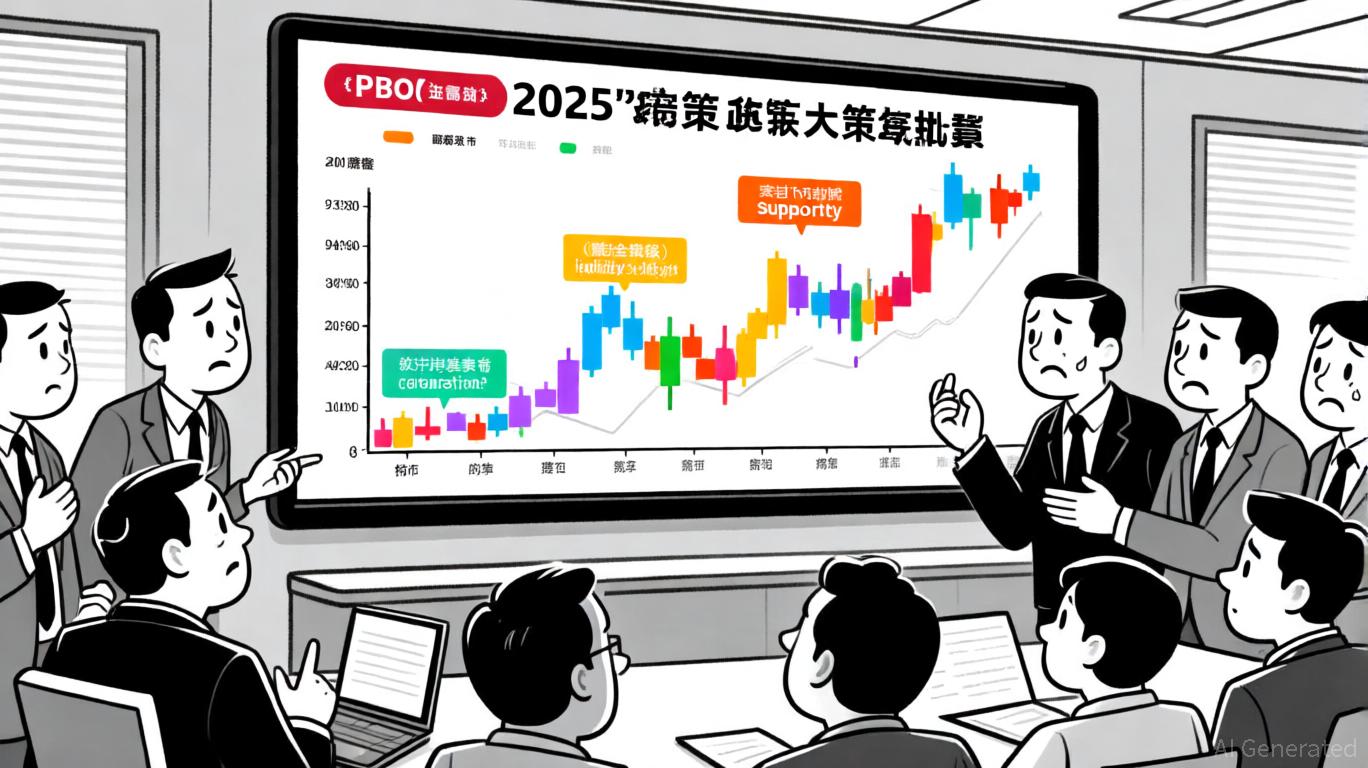
Oct.27 2025
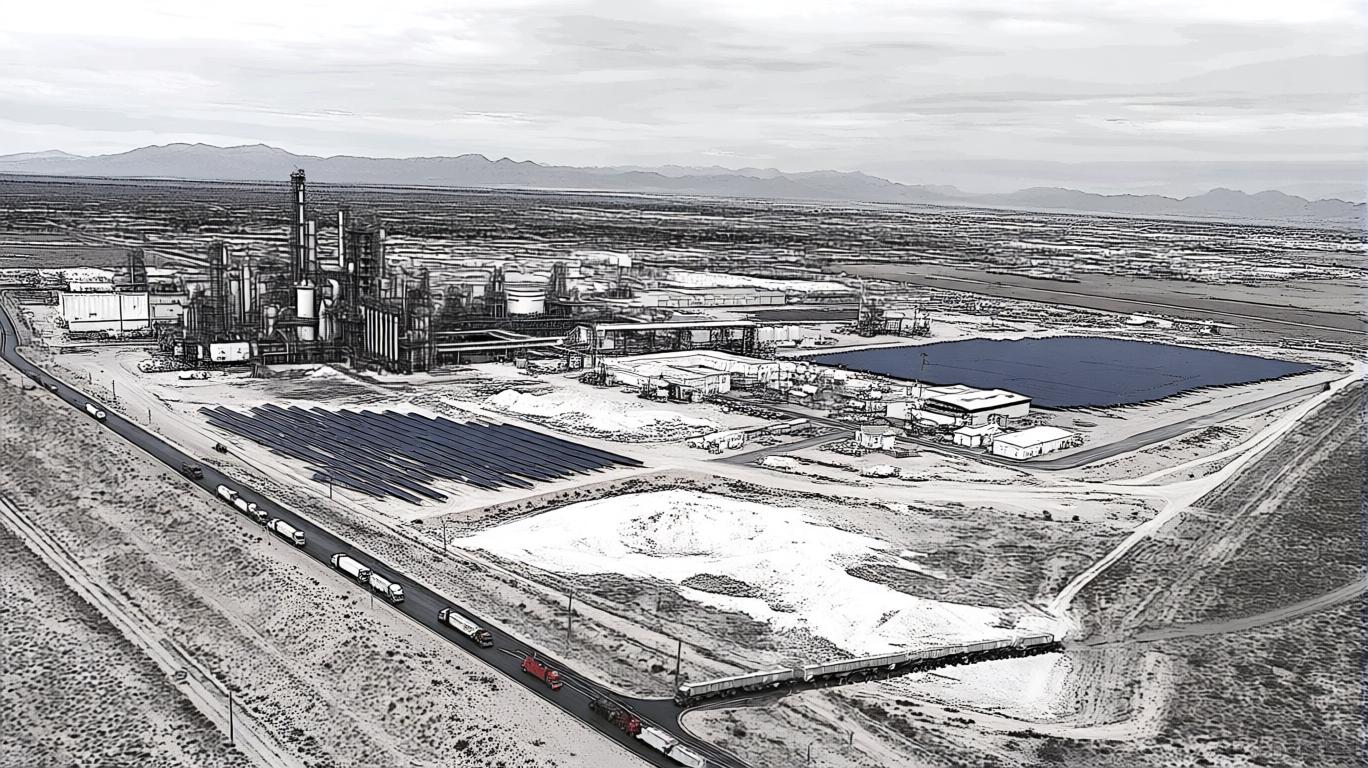
Oct.27 2025

Oct.26 2025
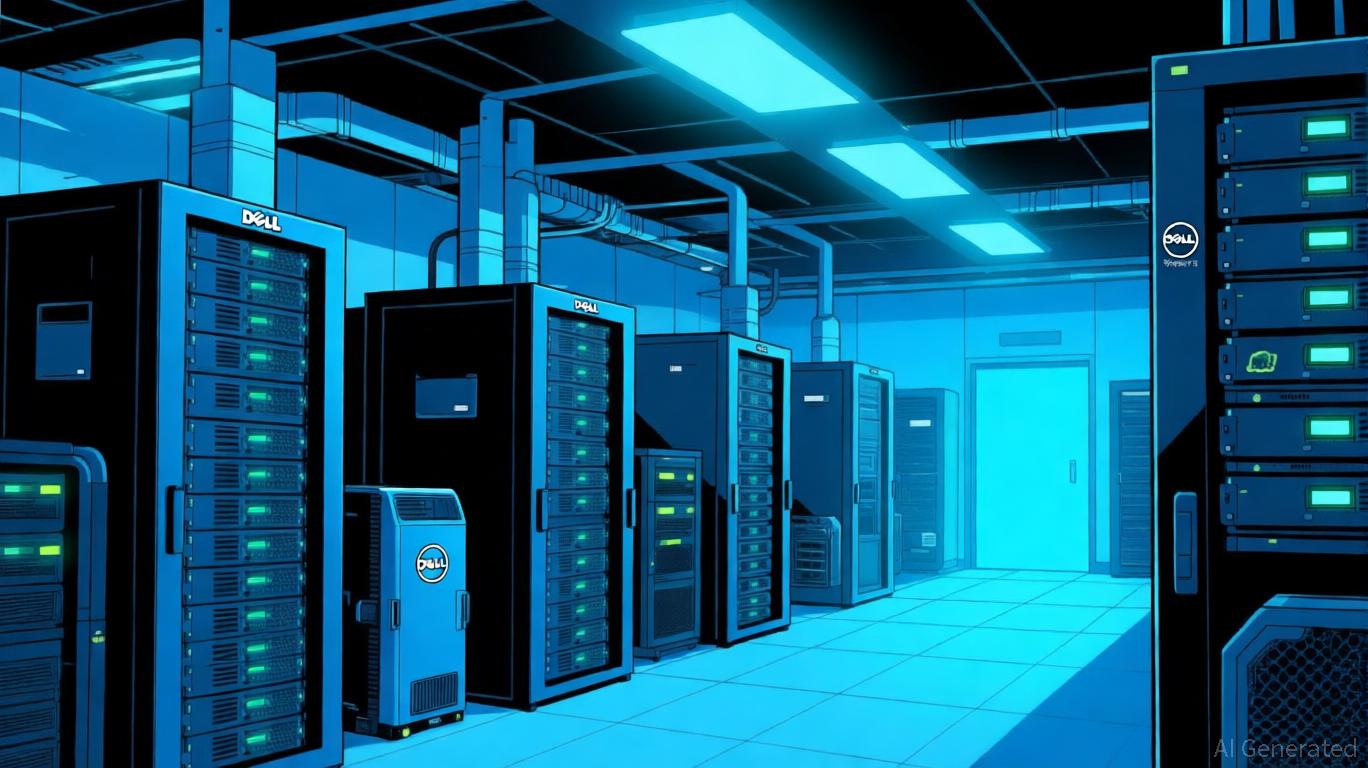
Oct.26 2025
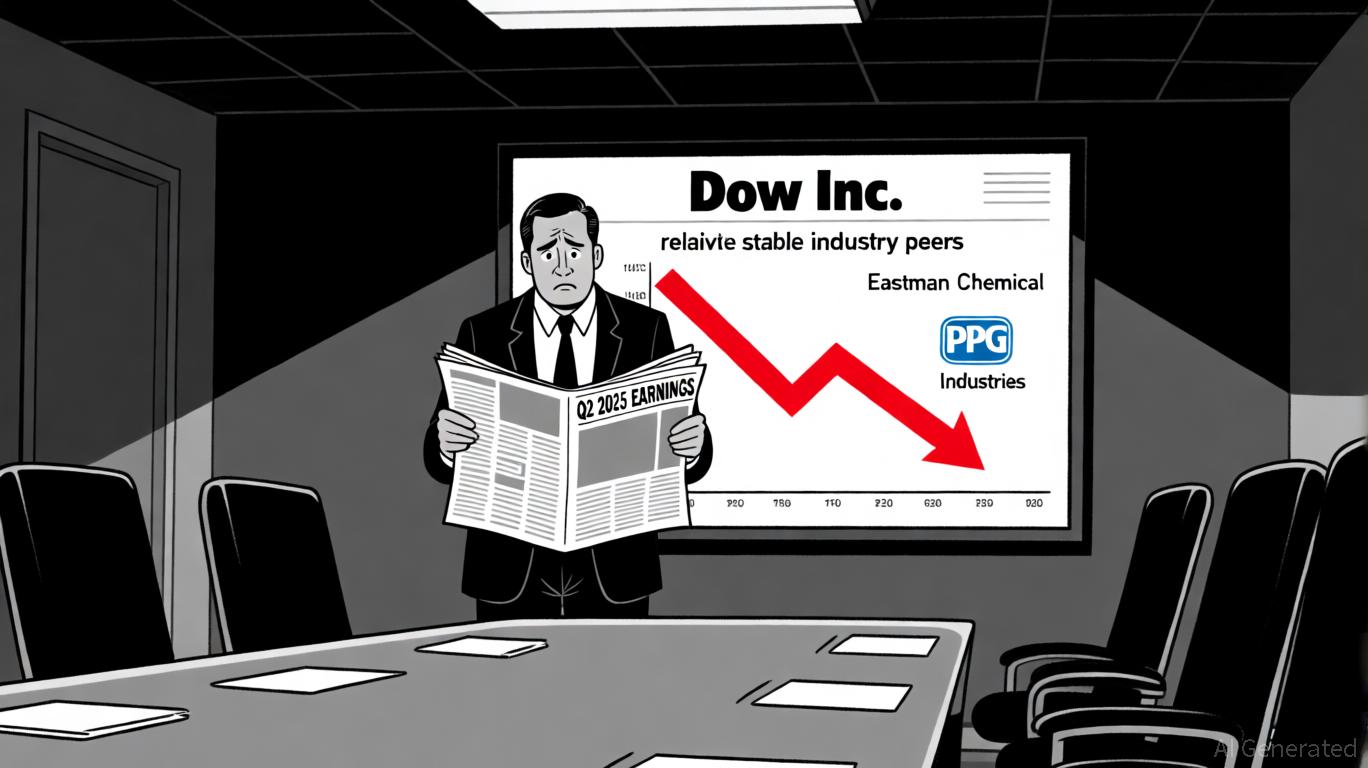
Oct.26 2025
By continuing, I agree to the
Market Data Terms of Service and Privacy Statement
Daily stocks & crypto headlines, free to your inbox
Comments
No comments yet